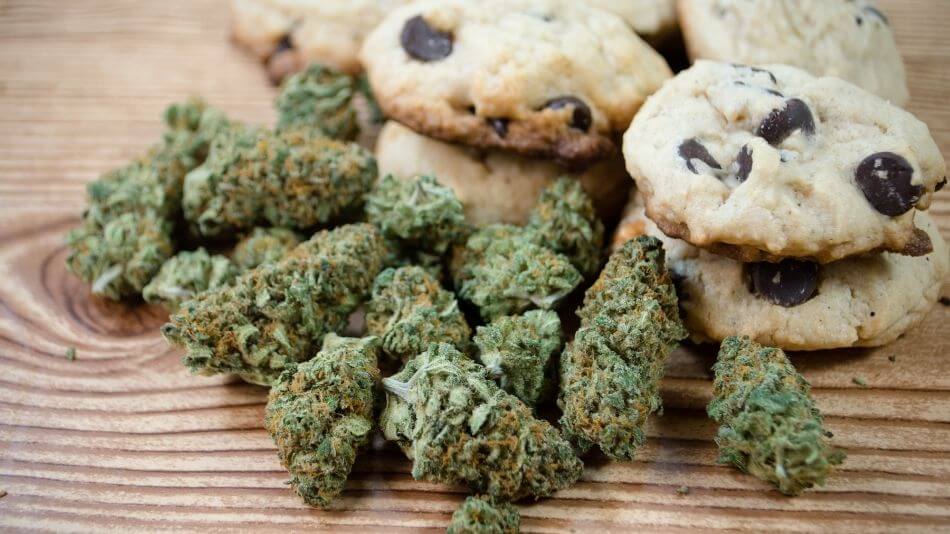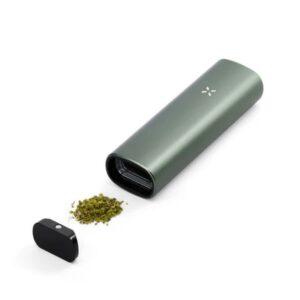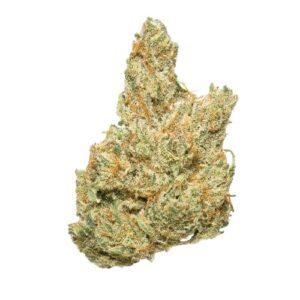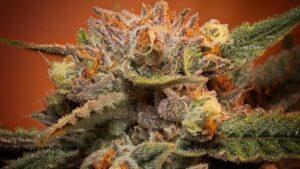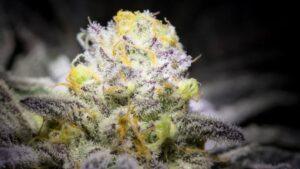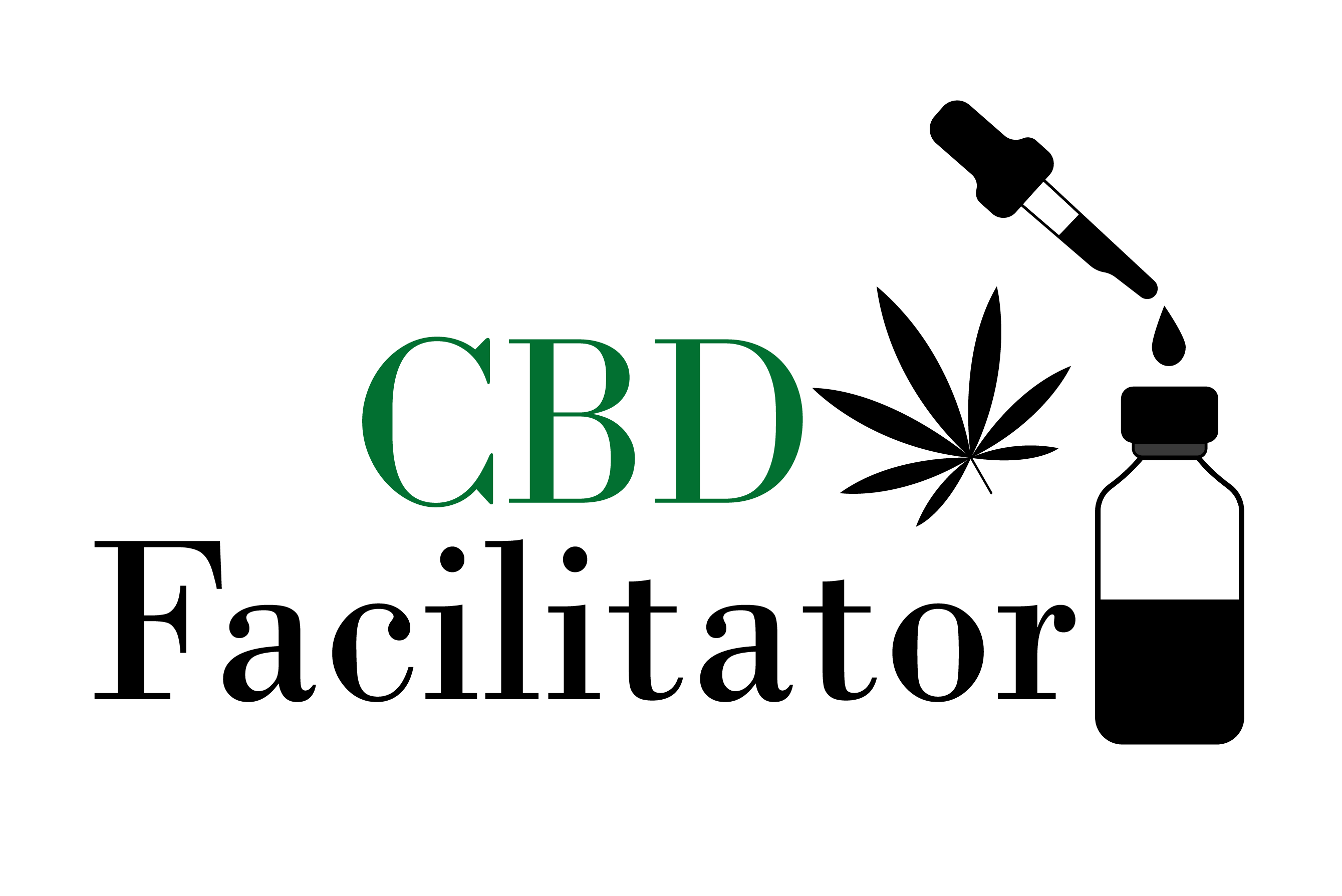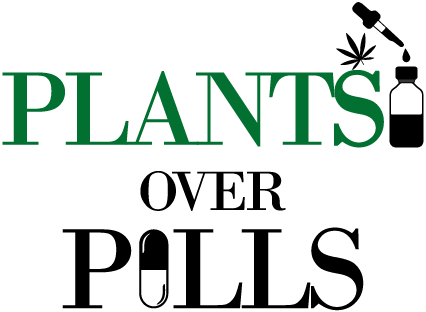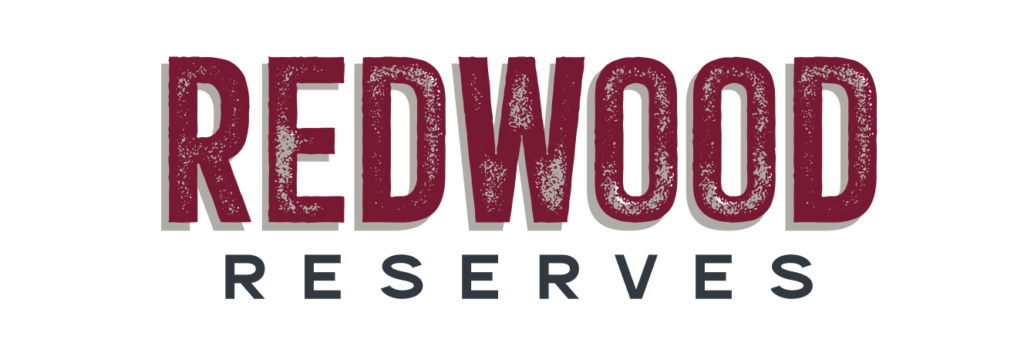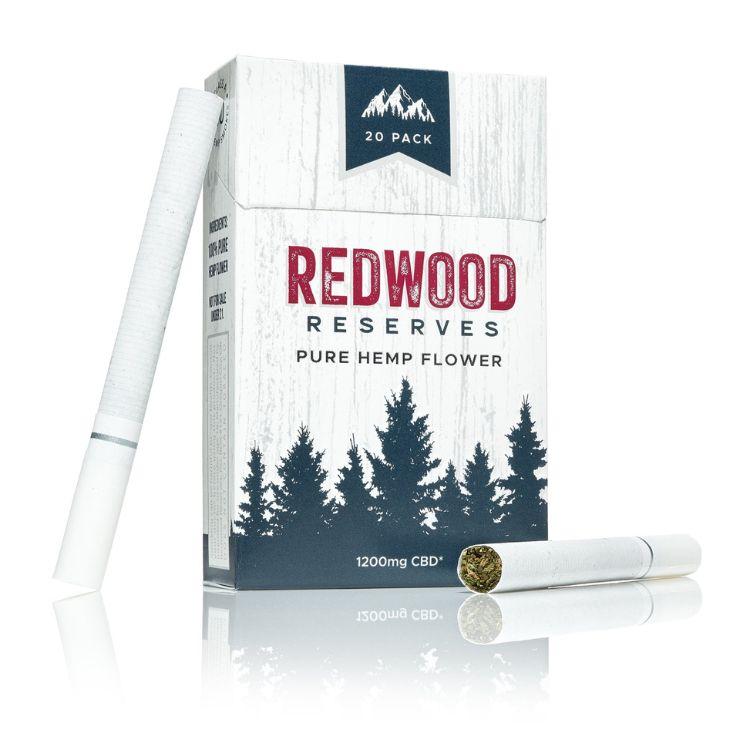THC, found in marijuana, is infamous for its ability to send you to the kitchen (or to your nearest takeout spot) due to increased feelings of hunger.
Though CBD and THC can both help you eat more overall, which can be very beneficial for those who struggle to maintain a full diet, CBD doesn’t really give you the munchies. Instead, it promotes appetite by eliminating conflicting factors like nausea, vomiting, and inflammation in the stomach.
Just how and why CBD differs from THC in this way really boils down to a fundamental difference in how the two cannabinoids interact with the brain and body. Though they may work similarly, the minute differences between these two processes can produce very different, specific results. Let’s take a more in-depth look at what’s going on beneath the surface.
Why It’s Better Than the Rest
- Premium Dispensary Grade – Grown Indoors
- 100% Organic, No Pesticides, No Additives
- Bi-Weekly Harvests Ensure the Flower Is Fresh
- Wide Variety of Strains to Choose From
What does it mean to have the munchies?
When someone says they’ve “got the munchies,” they’re nearly always referring to feelings of increased hunger or a heightened desire to eat, especially foods that are fatty or sugary, after consuming cannabis.
“Having the munchies” is a typical part of marijuana use for many individuals, but it’s a phenomenon that can be either positive or negative, depending on your perspective.
Because marijuana also limits your inhibition and makes it harder to fully think through decisions and their consequences, some people find that the munchies cause a lot of hassle.
Overeating and binge eating, for instance, are challenges that may be exacerbated by an increased urge to snack, especially if this temptation tends to focus on highly caloric foods.
Still, for most, the munchies are a pleasant and enjoyable part of consuming cannabis, and one that makes savoring their favorite foods all the more special.
Why does weed give you the munchies?
Marijuana stimulates appetite and causes a person to get the munchies because of the way it interacts with the endocannabinoid system, particularly the parts of it that control hunger, nausea, and other similar bodily functions.
THC, the psychoactive cannabinoid found in marijuana, binds with receptors within the endocannabinoid system that are responsible for stimulating feelings of hunger. It’s almost like THC acts as a sort of “cheat code” that tells the brain and body to eat more, even if feelings of hunger were previously insignificant.
Likewise, cannabinoids like THC can also impact the production of ghrelin, a hormone that stimulates hunger and promotes fat storage.
When more ghrelin is present and released by the stomach, the person in question feels like they’re ready to eat, and the feel-good properties of THC in conjunction with this make it very desirable to take in lots of what makes us feel good and full.
What cannabinoids stimulate appetite?
Research into specific cannabinoids and how they individually impact things like hunger levels is still lacking in general, but examples of cannabinoids that we understand to have a potentially notable effect on appetite include:
Tetrahydrocannabinol (THC)
- THC is undoubtedly the biggest player when it comes to cannabinoid-induced hunger, and that’s because all cannabinoids bind to different receptors in the brain in different ways. THC in particular has the unique ability to stimulate physical hunger (via the release of ghrelin) and a mental desire for hunger (cravings for specific foods, for instance).
Cannabidiol (CBD)
- Though CBD doesn’t necessarily create actual feelings of hunger the way THC might, it can still stimulate your appetite and lead you to eat more overall. CBD can accomplish this by lowering nausea and irritation in the stomach, making it much easier to feel like you actually want to eat and enjoy it.
Cannabigerol (CBG)
- The research surrounding CBG is relatively new, but quite promising. In a study using rats, researchers found that rats that had consumed CBG showed nearly double the appetite of those who had consumed a placebo. Also interestingly, the CBG showed no adverse effects among the rats, which is always quite promising in a new medicine.
Tetrahydrocannabinolic Acid (THCA)
- As its name implies, this cannabinoid isn’t too far removed from THC; in fact, THCA becomes THC when exposed to heat and light, or when it’s left in room temperatures for extended periods of time. Even before this transition occurs, though, THCA is believed to have some of the same properties as THC (minus the psychoactivity), including the ability to promote hunger.
Cannabidiolic Acid (CBDA)
- As in the previous example, CBDA is the not-so-distant cousin of CBD. CBDA becomes CBD over time, but the cannabinoid itself can still be found in many hemp or marijuana products. CBDA works very similarly to CBD in that it can limit feelings of nausea, which in turn makes regular eating and snacking much more feasible.
There are dozens of common and significant cannabinoids that may be found in cannabis plants in general (marijuana and hemp alike), but not all of them have the same properties.
Some, for example, tend to suppress appetite, while others offer much more benefit in terms of their impact on mood rather than physical health.
It’s important to note, though, that most cannabinoids found in your average CBD product (aside from CBD itself, of course), are too insignificant to make too huge of a difference.
Pax Plus Handheld Vaporizer
- Duel-Use: Enjoy Flower or Concentrates
- Portable, Discreet, and Easy to Use
- Available in 4 Colors
- 2+ Hour Battery Life
Does CBD flower make you hungry?
CBD flower may not make you feel physically hungry–that is, it might not make your stomach contort and growl or cause an intense desire to eat–but it can boost your hunger levels overall by managing factors that might limit appetite.
CBD flower in particular may produce these effects more successfully and promptly than other product types, mainly because it’s so fast-acting.
Smoking or vaping flower also allows you to reap the benefits of CBD without introducing anything into your stomach – if you’re using your CBD to manage things like nausea or vomiting, this fact can be a real game-changer.
Does CBD stimulate appetite?
Experts note that while CBD can help an individual eat more and feel more satisfied when eating, it’s not likely to stimulate actual physical feelings of hunger on its own.
That doesn’t mean it doesn’t stimulate appetite, though; its ability to eliminate the things that might keep you from eating on a regular basis can make it seem like you’re more hungry more often.
Does CBD flower help with nausea?
Yes, CBD flower does, in many cases, help immensely with nausea. In fact, tackling nausea and vomiting is one of the main benefits of CBD for numerous regular users.
Research indicates that CBD in general, regardless of its source, does a great job at reducing how strong of nausea an organism feels and, in turn, lessens how often they experience more severe symptoms like vomiting.
If you frequently battle nausea, you’re familiar with just how significantly it can impact your livelihood.
CBD’s ability to face it head-on makes it a great choice for those looking to get their diet and lifestyle back on track, especially those who have struggled with more conventional treatment options in the past.
Which CBD strain is best for nausea?
If you’re looking for a great strain to try out to manage chronic nausea, we recommend checking out Papaya Nights. This uplifting, invigorating sativa is rich in sweet, juicy flavors like papaya, peach, and pear, and it can sweeten up your life in more ways than one.
Users rave about the strain’s impressive ability to uplift them and provide a positive mood boost that lasts all day long (in addition to its success rate with battling nausea).
Whether you’re new to CBD or a seasoned user, it never hurts to experiment with new strains, especially if you have yet to find staples that consistently give you the benefits you desire.
Final thoughts
While CBD flower might not technically give you the munchies, it does a lot to promote appetite and help users of all sorts get the nutrients they need to feel their best.
By tackling things that typically hold many people back from eating as much as they’d like or should, CBD acts as an efficient and easy-to-use treatment option for a variety of mental and physical health conditions.
No matter who you are or why you choose to use CBD, being aware of these sorts of benefits can help you further tailor your routine to your personal needs and goals.
Remember that CBD’s ability to relieve pain and make you feel relaxed is only the tip of the iceberg – there’s so much that this amazing cannabinoid has to offer!
If you’d like to experience it for yourself, be sure to check out our directory, which has product recommendations, reviews, price breakdowns, and other helpful information about all things CBD.
Secret Nature Indoor CBD Flower
✔️ Premium Dispensary Grade – Grown Indoors
✔️ 100% Organic, No Pesticides, No Additives
✔️ Immaculately Trimmed & Manicured
✔️ Wide Variety of Strains to Choose From
✔️ Bi-Weekly Harvests Ensure the Flower Is Fresh
✔️ Smell Proof Hermetically Sealed Container
Redwood Reserve Sun Grown CBD Flower
✔️ 3.5g or 7g Jars
✔️ Grown With Soil, Sunlight, Water…& Nothing Else
✔️ Three Delicious Strains
✔️ Carefully Cured in Wooden Barrels
✔️ Broad Terpene Profile for More Flavor
✔️ Grown On a Small Family Farm in Oregon
